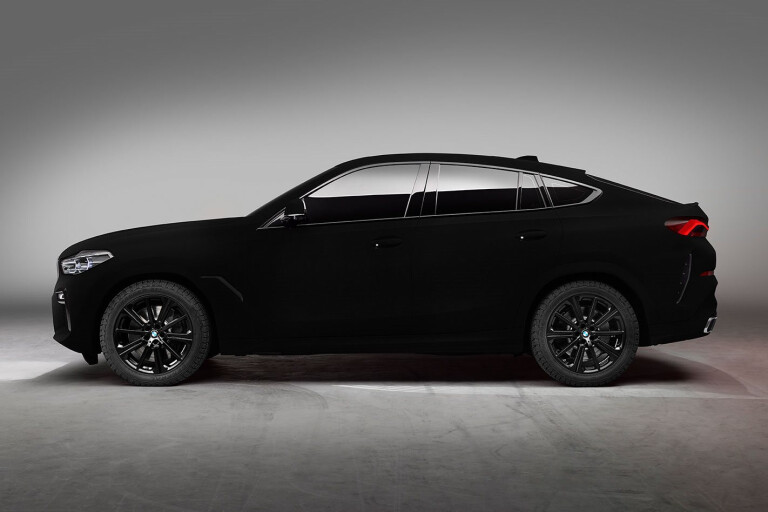
When metallic paint was first introduced for vehicles in the 1930s it revolutionised the appearance of cars, but since then, vehicle finish manufacturers have continued to develop products that last longer, cost less and have a reduced impact on the environment.
The first metallic paint was not made using the tiny flakes of metal that modern versions are, instead taking fish scales as the reflective ingredient. About 40,000 fish were required to produce a kilo of paint making it very expensive and not exactly sustainable.
Later car paint systems used lead, chromium and even cyanide but, thankfully, these have largely been succeeded by safer compounds and pigments, but not only are the car finishes of today safer, they’re also far more diverse and beautiful.
More on paint
- Should I buy paint protection?
- Nine putrid paint jobs you wish you'd never seen
- Diamond paint is the ultimate in car bling
*In 1909, Henry Ford famously told his management team that customers could order the Model T “in any colour as long as it’s black”. Here are the latest innovations in vehicle body finishes and some of the options available to you if want a little more choice than was offered with the world’s first mass-produced car.
The blackest black
Yes, your eyes really are deceiving you. This is the blackest car you will have ever seen thanks to an incredible new coating developed by Surrey Nano Systems, which reflects almost no light at all.

In its purest form, Vantablack absorbs 99.97 percent of visible light frequencies making it one of the most unreflective (darkest) surfaces known to mankind and can make three-dimensional objects appear completely flat to the human eye. But for its application to BMW’s new X6, the company reformulated it to reflect just 1.0 percent of light.
That allows just the slightest hint of the SUV’s shape to be revealed ahead of the car’s public debut at the Frankfurt motor show next week. If it were any darker, your brain would simply perceive it as a black hole.
The Vantablack VBx2 finish was ‘revealed’ in 2014, but it has taken until now for the specialist company to apply it to a car in conjunction with BMW’s clever marketing idea. But you’ll have to wait a little longer to tick the box in an X6 brochure.
Its fragile surface comprised of billions of carbon nanotubes is easily damaged and will need significant development to be used as a hardwearing car finish.
As well, its heat-dissipation and absorption properties, and ability to evade speed-detection devices are yet to be detailed. Our advice would be to watch this space, but you actually can’t.
Vehicle wraps
Increasingly popular and affordable car wrapping is proving itself as a great vehicle finish for a host of reasons.
Not only can this flexible vinyl wrap change the colour of your car for far less than the cost of a respray, you can get it in virtually any colour – not just the tones offered by the manufacturer – and it’s a reversible process!
Wrapping also provides a protective layer from minor stone damage and the sun’s rays. Peel the vinyl away when you sell the car and its paint will look as fresh as the day it emerged from the factory.
Finally, vinyl wraps are available in a range of colours that simply cannot be achieved using sprayed paint finishes. For example, metallic paints will always have a slightly frosted appearance thanks to their millions of tiny metal flecks, but wraps can provide a perfectly uniform reflective chromed appearance.
When Mercedes-Benz revealed its SLS AMG Coupe Electric Drive, the high-performance car’s stunning mirror blue wrap was every bit as electrifying as its powertrain.

Metallic or pearlescent?
Put simply, metallic paint creates a more lustrous finish by using tiny particles of aluminium that are sprayed onto the vehicle panels suspended in a clear liquid varnish which then hardens.
Millions of paint tones can be created by altering the size of the metal flakes, the colour of the clear coat they are suspended in, and the process by which they are layered.
A pearlescent paint replaces the tiny pieces of metal trapped in the clear resin with ceramic crystals that don’t just reflect light but actually refract it too.
As light passes through the crystals it changes speed and direction for often incredible colour changing effects. Some pearl colours create a subtle colour shift from crème through white to light blue for example, while others have been developed for dramatic shifts to opposite ends of the visible spectrum.
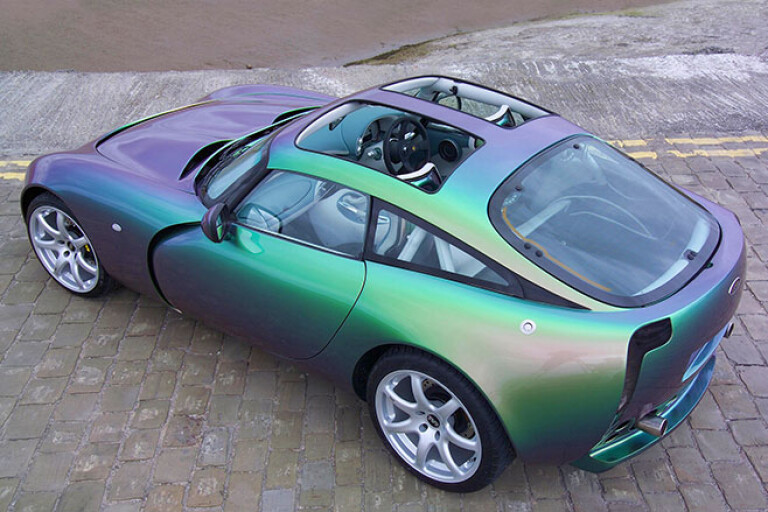
Lexus’ special Structural Blue paint has an intensely deep blue hue but actually has almost no blue pigment at all. Instead, a clever trick of the light used by the American Morpho butterfly’s wings is recreated with a 40-layer pigment that took 15 years to perfect.
Repairing bodywork finished with these more sophisticated paints and matching the colours is much harder than solid colours. Indeed, many repairers will not guarantee a perfect match.
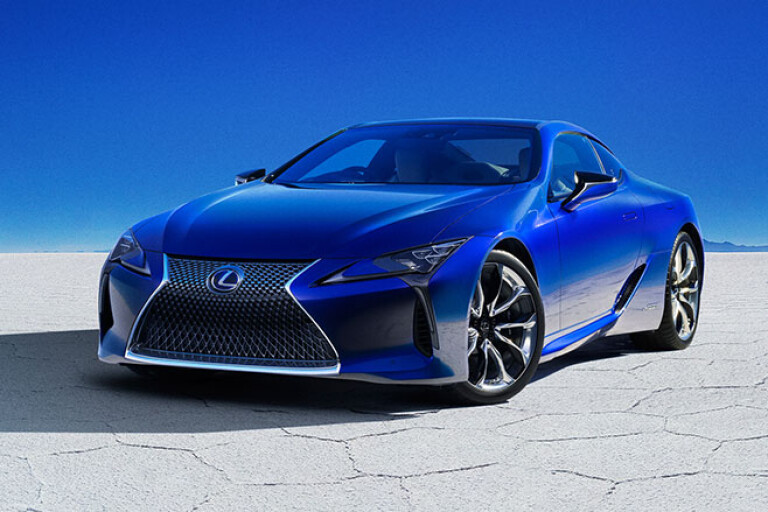
Solid colour
Solid – or flat – colours are often offered as the no-cost paint finishes for more affordable vehicle models and a premium is asked for metallic or pearlescent options.
In addition to their more premium appearance, metallic colours used to offer a more durable finish thanks to a ‘clear coat’ that was applied over the metallic layers.
This glossy top layer is more resistant to oxidation – when the paint turns chalky or fades. However, many manufacturers now use the ‘clear-over-base’ method for solid colours too.
Despite this, flat colours are often the cheaper option and are available in some vibrant colours that are hard to match for brilliance in metallic paint systems.
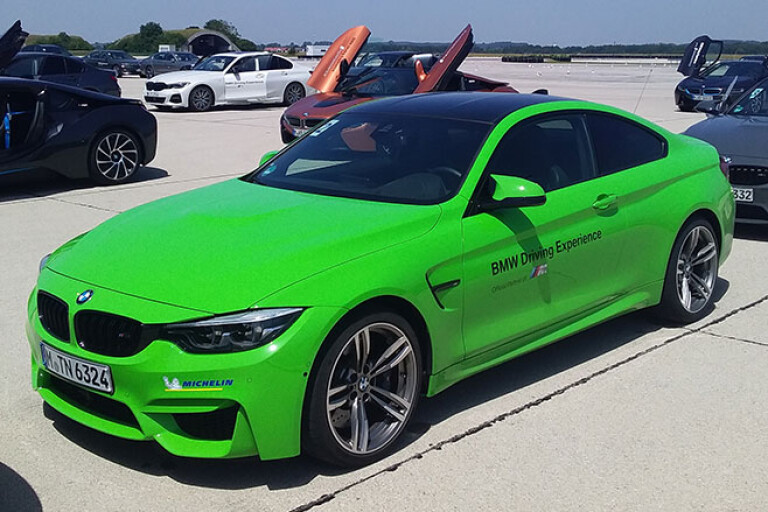
Matte finishes
Matte or satin paint finishes are a relatively new innovation in paint. Rather than a high-gloss effect as is often the goal with metallic and solid colour paints, matte finishes create an even low-gloss effect that can be incredibly eye-catching.
The application process starts in exactly the same way as any other paint with the primer and base layers applied as normal (including metallic and pearlescent colours), but the difference lies in the top (final) coat, which dries without a polished-effect sheen.
Matte finishes scatter all light in random directions for a purely gloss-free finish, while satin finishes have a semi-polished surface that allows more reflection of light and a mid-sheen result.
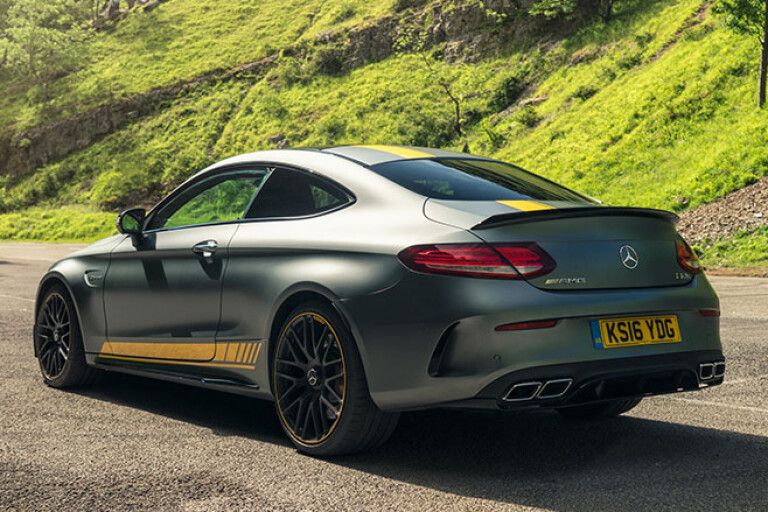
Very shiny paint finishes resist the build-up of dirt and stay cleaner for longer. Low-gloss paint, however, holds dust and road grime more readily and needs cleaning more frequently. They are also more susceptible to damage and more care is required when cleaning to prevent scratching.
If the worst happens, they are also difficult to repair as two different layers of top coat cannot be polished to match, as is the case with any glossy paint.
You won’t be able to apply traditional car wax or polish to protect a matte finish, but there are some specially developed sealants that can help prevent damage.
Self-healing surfaces
This useful invention is available in limited forms as both a paint finish and a film and has the ability to repair minor scratches without any intervention. Depending on the product, sunlight or simply time causes the special coat to fill shallow scratches and hide damage completely.
One intriguing solution uses a synthetic form of chitin – the main component of crustacean’s shells – while others use a polymer semiliquid.
Some car-makers are already offering self-healing paint as proprietary technology such as Nissan’s Scratch Shield, while other brands are available as aftermarket options.
Paint protection
Considering applying a dealer-offered paint protection option to your new car’s conventional paint? Find out if it’s worth it here.
*The Ford Model T was actually available in blue, green, grey and red from the start of its production in 1908. Black was only introduced in 1914.


COMMENTS